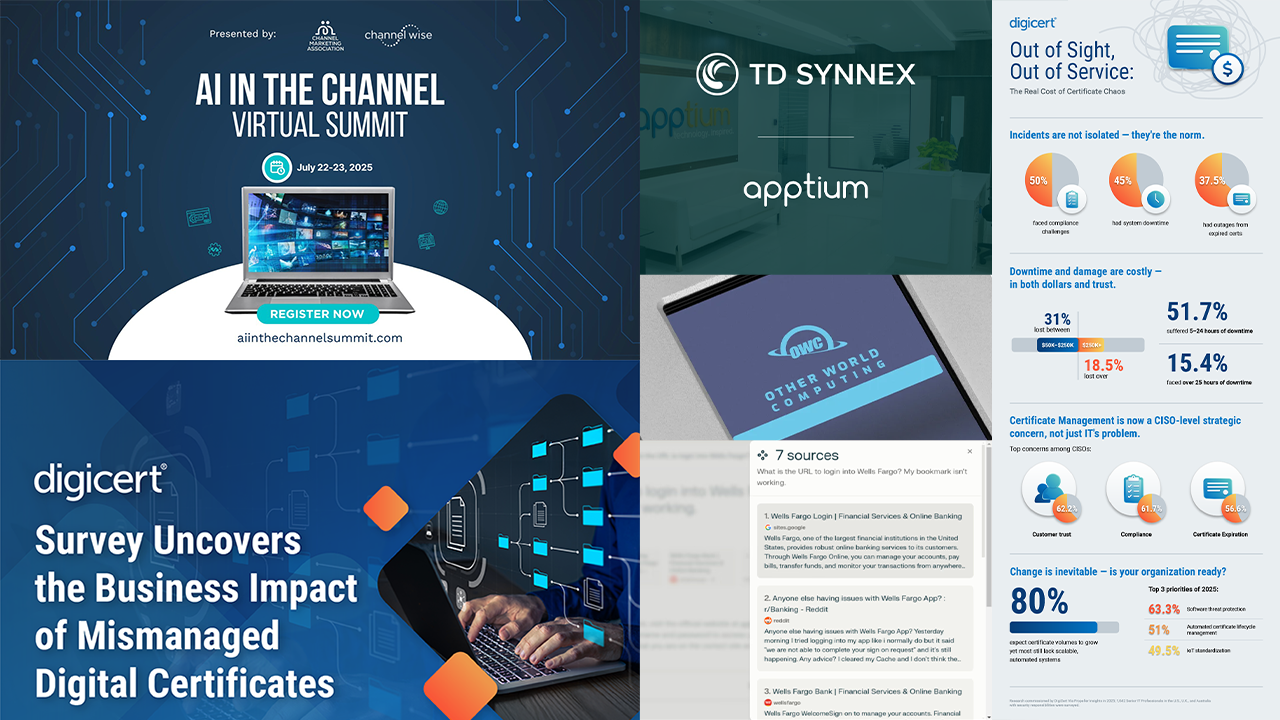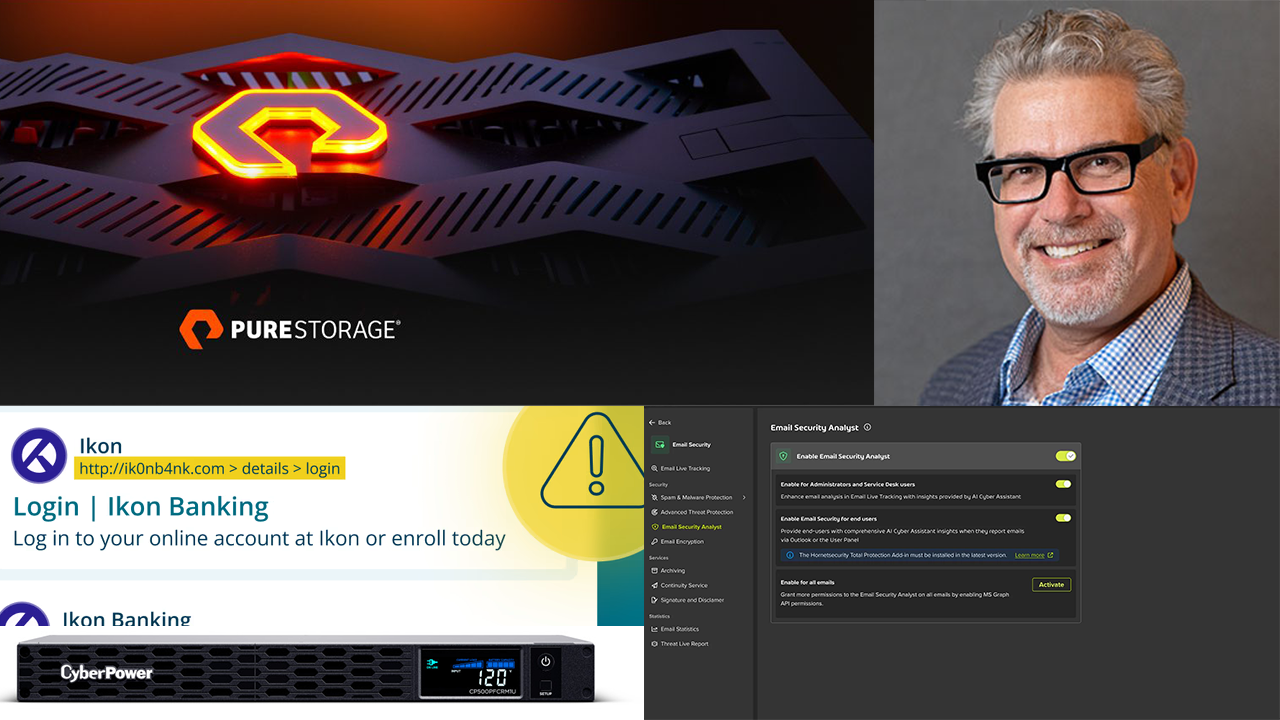In every industry, businesses are undergoing digital transformation, resulting in new business processes and, in some cases, new business models. Another change accompanying digital transformation is the shift in technology spending from IT to the line of business (LOB). In a new update to the†Worldwide Semiannual IT Spending Guide: Line of Business, International Data Corporation (IDC) forecasts technology spending by line of business decision makers will overtake technology spending by the IT department in 2019.
Businesses are forecast to spend $1.67 trillion on technology (hardware, software, and services) in 2018. Roughly half of that spending (50.5%) will come from the IT budget while the other half (49.5%) will come from the budgets of technology buyers outside of IT. The former includes IT-funded purchases as well as joint projects funded by IT. The latter includes business-funded purchases as well as joint projects funded by line of business buyers and “shadow IT” projects funded by the LOB without IT involvement. LOB technology spending has been growing at a faster rate than IT spending for a number of years. The compound annual growth rate (CAGR) for LOB spending over the 2016-2021 forecast period is forecast to be 6.9% compared to the 3.3% CAGR for IT spending.
Nine of the 16 industries profiled in the Spending Guide will see a majority of their technology spending come from the LOB in 2018. These include three of the industries with the largest overall IT spending: discrete manufacturing (53% LOB and second largest overall), process manufacturing (52% LOB), and professional services (51% LOB). The seven industries where technology spending will be led by the IT department include banking (52% IT and largest overall) and telecommunications (66% IT). By 2021, only two industries – construction and telecommunications – will still see their technology spending led by the IT department.
“As business functions worldwide embrace 3rd Platform technologies to accelerate time to market, enable new business models, and increase revenue, leaders within these functions are looking to drive decision making and manage the budget of these investments,” said†Eileen Smith, program director,†Customer Insights & Analysis. “On average, worldwide line of business functions will fund 50% of their total technology purchases in 2018, but with the ease of cloud software, business functions on average will fund an astounding 70% of application investments this year.”
In addition to investing $178 billion in applications, the leading categories for LOB spending in 2018 will be business consulting services ($104 billion), key horizontal business process outsourcing (BPO) ($97 billion), and project-oriented services ($90 billion). The IT department will see its 2018 technology spending led by outsourcing ($151 billion), project-oriented services ($118 billion), and network equipment ($91 billion). Cloud will be an important investment area throughout the forecast, with LOB spending on infrastructure as a service (IaaS) growing at a 33.2% CAGR while IT spending on IaaS will see a 30.7% CAGR.
From a functional perspective, the line of business already dominates today’s technology spending decisions. Of the 12 functional areas profiled in the Spending Guide, 11 are led by LOB spending, including the largest functional areas: industry-specific operations (50.4% LOB), customer service (55% LOB), and accounting/finance/billing (56% LOB). The one functional area still led by the IT department is IT itself (100% IT funded). The functional areas that are forecast to see the fastest spending growth over the 2016-2021 forecast period are security and risk (7.6% CAGR), marketing (7.3% CAGR), and legal (6.6% CAGR).
The United States will be the largest geographic market for technology spending in 2018 with nearly 60% of its $730 billion coming from the line of business. The second largest market, Western Europe, will see 52% of its $399 billion in technology spending coming from the IT department. Technology spending in Japan and China will also be led by the IT department (60% and 68%, respectively). Of the nine geographic regions profiled in the Spending Guide, only the United States and Canada will be led by LOB spending in 2018. They will be joined by Western Europe in 2021.
“In Western Europe, LOBs will accelerate their investments in technology, particularly in the cloud software space. Business managers are becoming more independent, relying less on IT departments to purchase applications or devices. Business-funded spending will experience 6% growth in 2018, four times faster than that of IT departments, showing that many European companies are more exposed to shadow IT spending,” said†Andrea Minonne, research analyst,†Customer Insights & Analysis†in Western Europe.
The IDC†Worldwide Semiannual IT Spending Guide: Line of Business†quantifies the purchasing power of the non-IT department technology buyer by detailing enterprise IT spending for 14 technologies and 12 corporate functional areas across 16 enterprise industries in nine regions and 53 countries. This IDC Spending Guide provides a granular view of the market for IT spending from a geographic, industry, functional (LOB), and technology perspective. Unlike any other research in the industry, the LOB Spending Guide was designed to help business and IT decision makers to better understand the scope and direction of corporate technology spending over the next five years.











